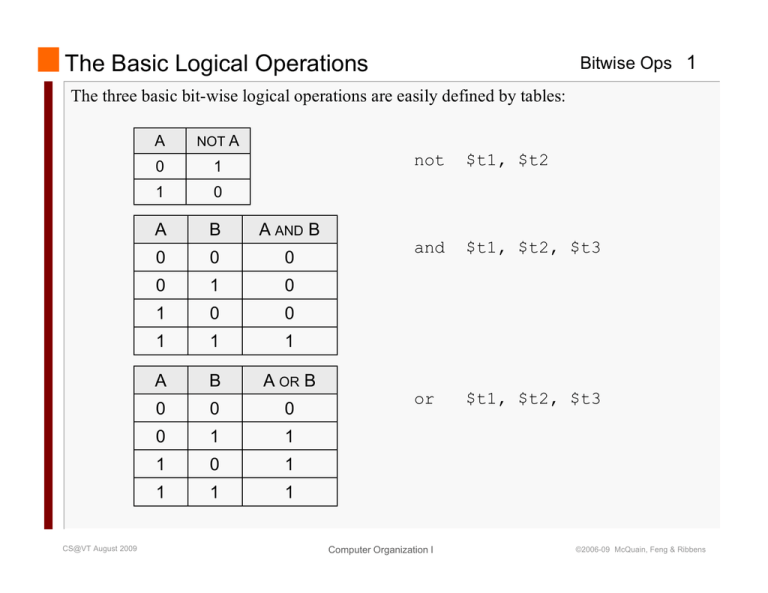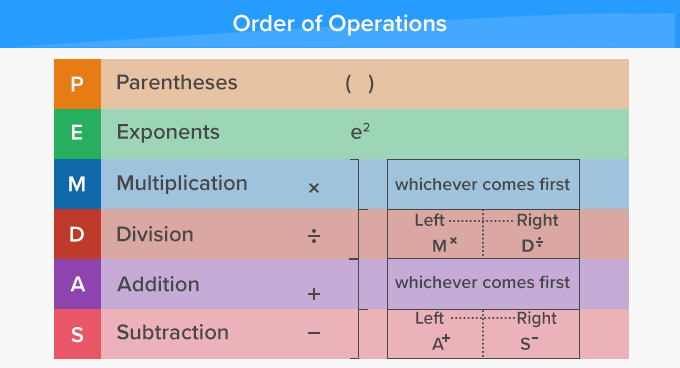The Cardinal Rule States That All Operations

The old, leather-bound operations manual lay open on the table, sunlight glinting off the faded gold lettering. Dust motes danced in the air, disturbed by a gentle breeze drifting through the open window of the workshop. Inside, a team of engineers huddled, their brows furrowed in concentration as they debated a complex problem, a single sentence hanging heavy in the air, a guiding principle, a bedrock of their profession.
At the heart of countless successful ventures, innovative projects, and reliably functioning systems lies a fundamental principle, often referred to as "The Cardinal Rule States That All Operations...", a concept emphasizing the paramount importance of meticulous planning, flawless execution, and constant oversight.
The Genesis of a Guiding Principle
The exact origins of the phrase are shrouded in a bit of mystery, lost to the annals of early 20th-century industrial development. Some attribute it to the meticulous engineering practices of early railroad tycoons. Others point to the burgeoning manufacturing sector where efficiency and precision were literally life and death.
Regardless of its exact origin, the sentiment reflects a universal need for structured processes in any endeavor. It became a mantra, passed down through generations of engineers, managers, and innovators.
It’s a way of doing things in the proper, safe and efficient manner. The motto resonates deeply across various fields.
The Rule in Practice: From Theory to Application
The beauty of "The Cardinal Rule" lies in its adaptability. It’s not a rigid set of instructions, but rather a framework for approaching any operational challenge.
Consider a complex software development project. Without a clear plan, defined roles, and rigorous testing, the project is doomed to fail. The Cardinal Rule dictates that each phase – from initial design to final deployment – must be carefully mapped out, with potential pitfalls anticipated and mitigation strategies put in place.
Another great example: the medical field. A surgeon entering the operating room understands the gravity of their task, every movement must be executed with precision. The procedures demand strict adherence to protocol, where a single misstep can have devastating consequences.
Even in creative fields, where spontaneity often reigns, the Cardinal Rule finds its application. A film director might encourage improvisation on set, but the underlying production schedule, budget constraints, and logistical considerations are all carefully planned and managed to ensure a successful outcome.
The Significance of Meticulous Planning
Planning forms the bedrock of successful operations. It's about proactively identifying potential challenges and mitigating them before they become crippling problems.
A well-defined plan acts as a roadmap, guiding teams toward a common goal and ensuring everyone is aligned on the objectives. It’s very important for resource allocation, timeline management, and risk assessment.
Without a solid plan, projects are susceptible to scope creep, budget overruns, and ultimately, failure. The National Institute of Standards and Technology (NIST) estimates that poor project planning contributes significantly to inefficiencies and cost overruns across industries.
The Importance of Flawless Execution
Even the most brilliant plan is worthless without impeccable execution. This requires a commitment to quality, attention to detail, and a culture of accountability.
It entails having the right people in the right roles, providing them with the necessary training and resources, and empowering them to perform at their best. The need for strong leadership is paramount, to promote a culture of excellence where every team member is committed to achieving the highest standards.
Quality control measures are integral to flawless execution. Implementing regular checkpoints and testing protocols to identify and correct errors early on is critical.
The Necessity of Constant Oversight
Oversight is not about micromanagement, but rather about ensuring the plan is being followed and that execution is aligned with the desired outcomes. It also involves monitoring progress, identifying deviations from the plan, and making necessary adjustments along the way.
This may involve regular progress meetings, performance reviews, and data analysis. It's about creating a feedback loop that allows for continuous improvement and adaptation.
Transparency and communication are key components of effective oversight. Keeping stakeholders informed about progress, challenges, and adjustments builds trust and fosters collaboration.
Challenges and Criticisms
While widely lauded, the Cardinal Rule is not without its critics. Some argue that an overemphasis on planning and execution can stifle innovation and creativity.
The need to remain adaptable and flexible in the face of unexpected challenges is vital. Blind adherence to a rigid plan can lead to missed opportunities and ultimately, suboptimal outcomes.
Striking a balance between structured processes and allowing for improvisation and adaptation is crucial. It's about understanding when to follow the plan and when to deviate from it to seize opportunities or overcome unforeseen obstacles.
Conclusion
"The Cardinal Rule States That All Operations..." is more than just a catchy phrase. It's a testament to the importance of structured thinking, disciplined action, and continuous improvement.
By embracing the principles of meticulous planning, flawless execution, and constant oversight, we can increase the likelihood of success, improve efficiency, and create value. The rule isn't a constraint, but a framework for achieving excellence in any endeavor.
As the sun dips below the horizon, casting long shadows across the workshop, the team of engineers, now armed with a renewed understanding of the Cardinal Rule, resumes their work, their actions guided by a commitment to planning, execution, and oversight – a testament to the enduring power of a simple, yet profound, guiding principle.

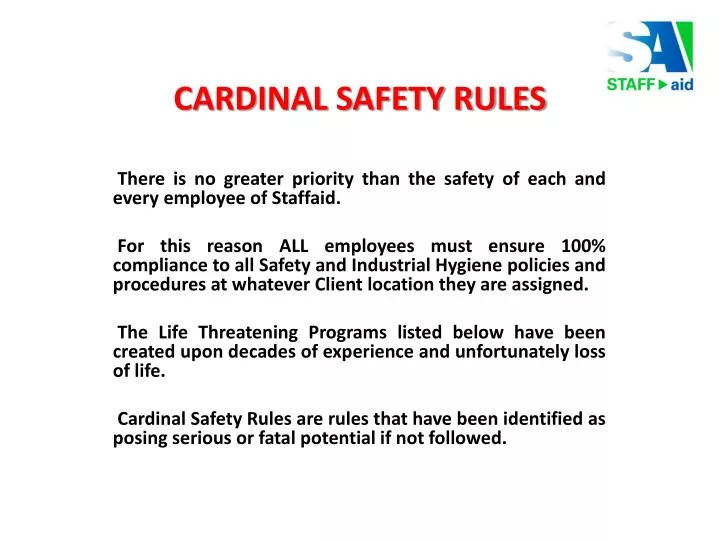
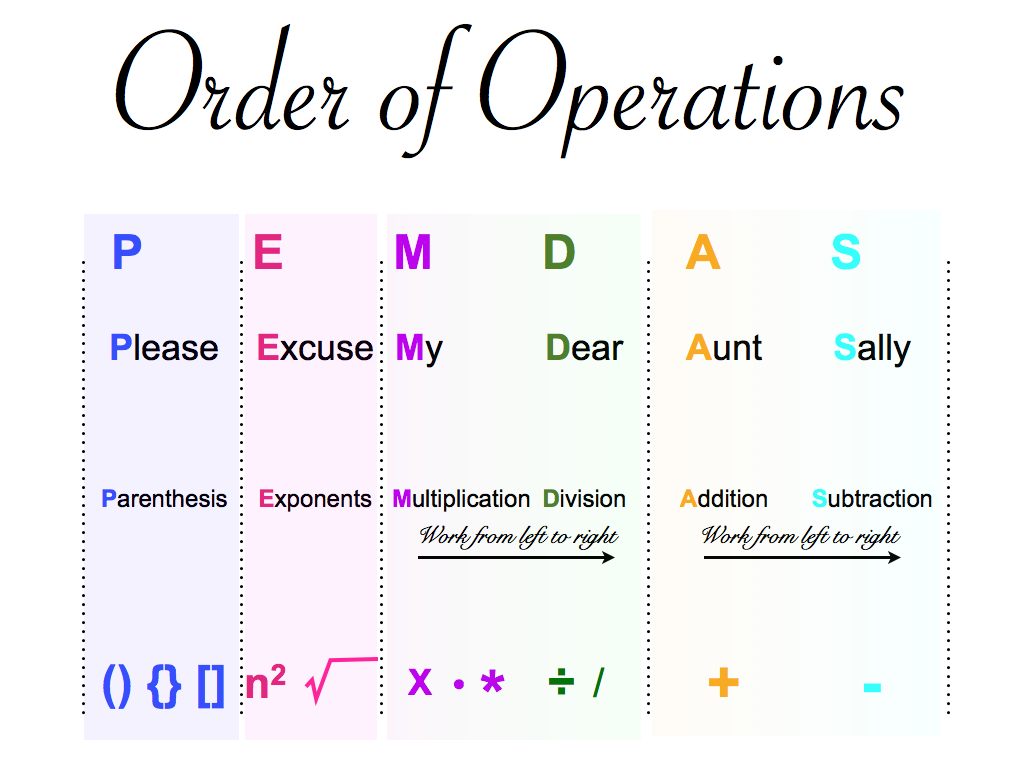
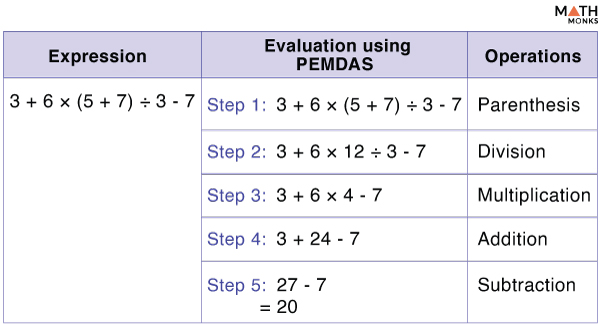
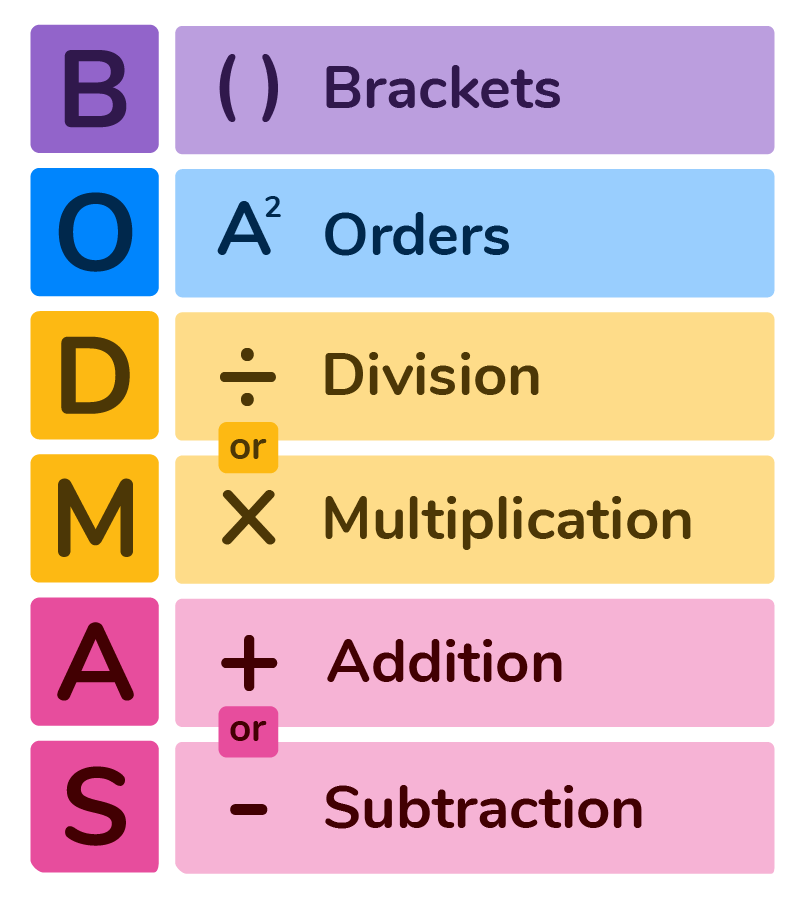

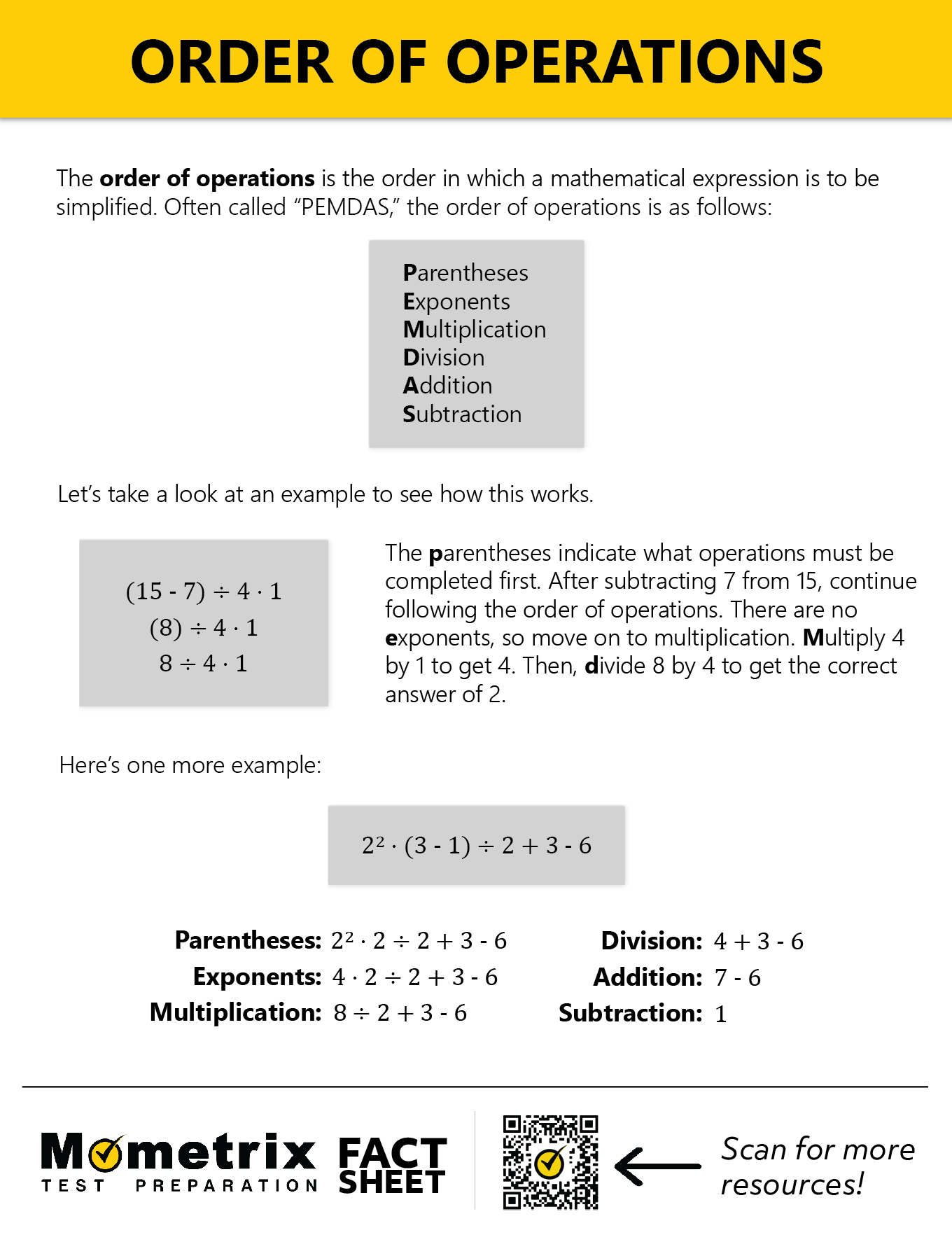
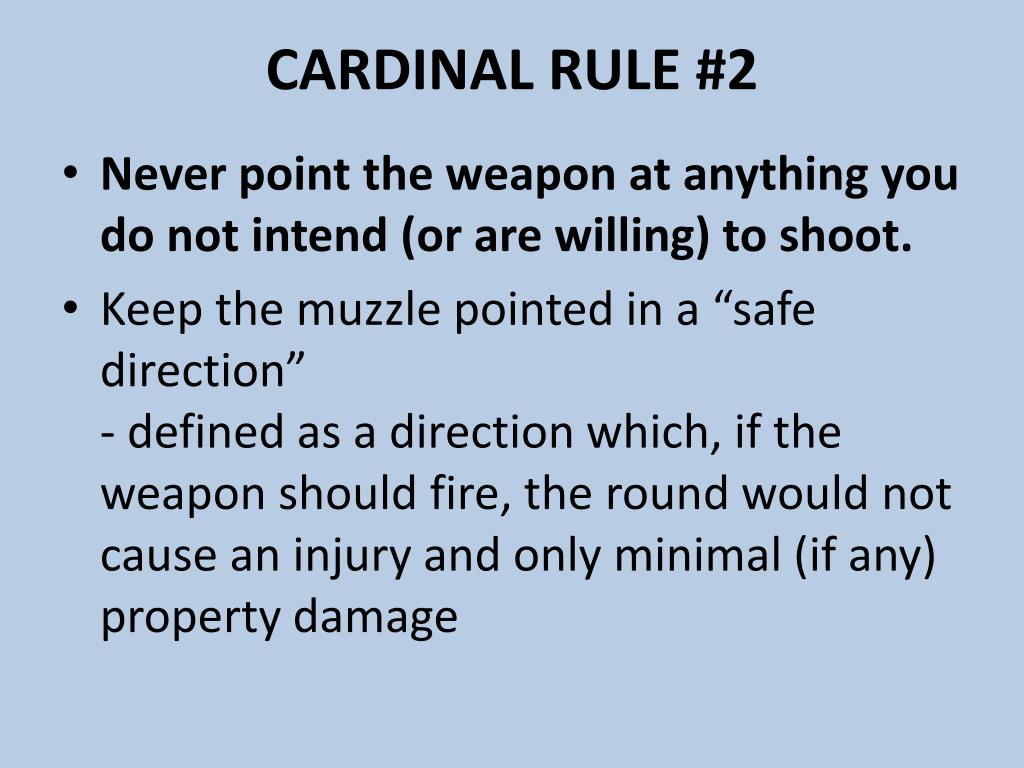
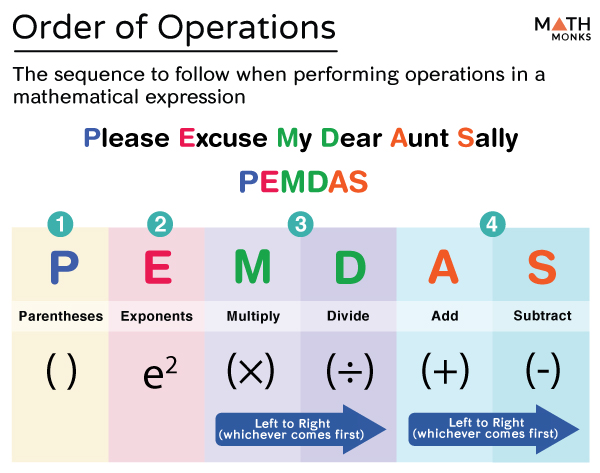
.png)



